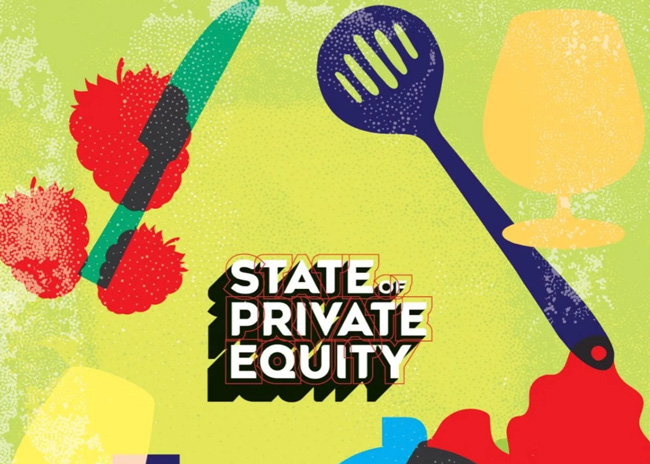Designing a foodservice operation continues to become more and more complicated.
Safety, quality and volume are key considerations with fry station design.
New technologies and innovative products can keep any industry fresh.
As energy codes evolve and sustainability goals hold steady, commercial kitchens across the country continue to shift toward electric equipment. But, says Chef Mark Duesler of the Frontier Energy Food Service Technology Center (FSTC), the future of kitchen design isn’t binary.
Food trucks may include different equipment, but the design protocol remains the same across the board.
For business owners and consumers alike, attempting to find clarity around where the economy was headed as 2025 got underway was a bit like trying to draw a picture in the sand.
Menus delve ever-deeper into the ingredients, flavors and cultures that are the hallmarks of Asian cuisine.
Tariffs threaten to raise prices across the economy and professional kitchen equipment is no exception. A significant amount of equipment is built overseas and shipped to the U.S., and domestic manufacturers often rely on components from other countries.
Doug Huber, principal at Foodservice Consultants Studio, believes foodservice consultants shouldn’t wait on the sidelines when it comes to artificial intelligence. “It’s a big body of knowledge and moving so fast that you’ve just got to jump in and start paddling around,” he says. “You might be uncoordinated at first, but you can even tell your AI who you are and ask how you can use it.”
The annual FE&S Distribution Giants study tracks the 100 largest foodservice equipment and supplies dealers in the United States.
From virtual kitchens to AI-illustrated videos, foodservice consultant Josh Miller is rethinking training for the modern era.
Keeping It All Mostly in the Family
Capital projects continue amid perennial issues in college dining and rising challenges in the academic sector.
When it comes to breakfast these days, one size doesn’t fit all.
From lack of succession planning to the need to scale, private equity continues to grow its presence in the supply chain.



















